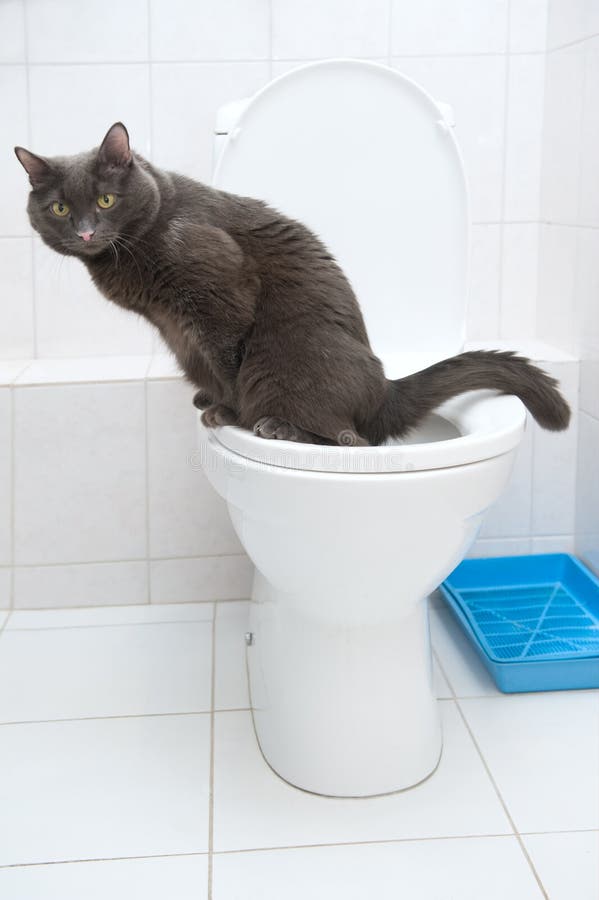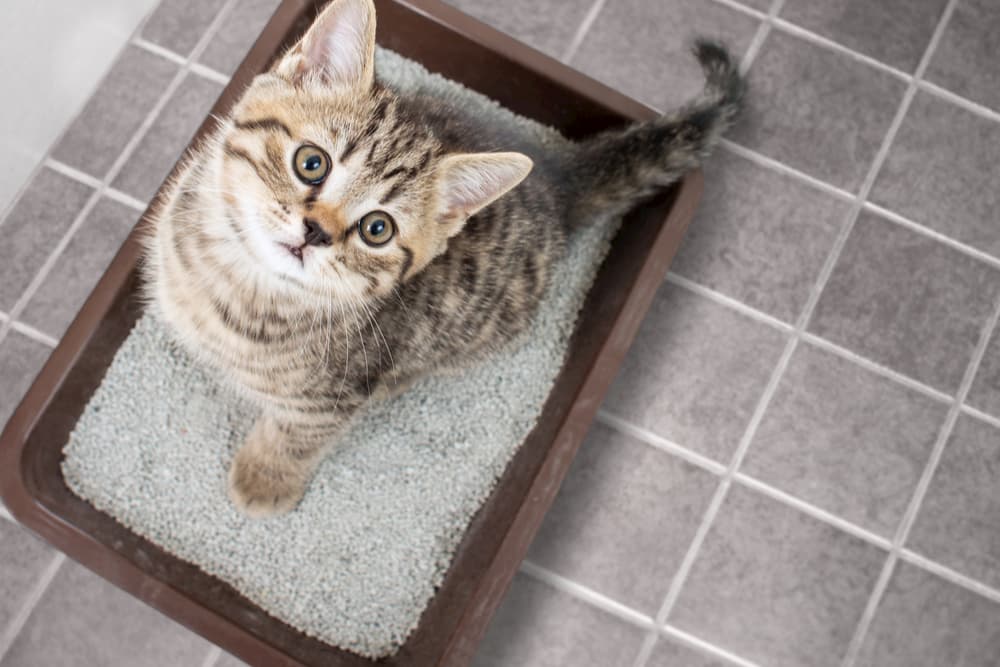Avoid Flush Cat Poop Down Your Toilet - Safeguard Your Pipes Infrastructure
Avoid Flush Cat Poop Down Your Toilet - Safeguard Your Pipes Infrastructure
Blog Article
What are your thoughts about Don’t flush cat feces down the toilet?

Introduction
As cat proprietors, it's vital to be mindful of exactly how we throw away our feline friends' waste. While it may seem convenient to purge pet cat poop down the commode, this technique can have damaging repercussions for both the atmosphere and human health.
Ecological Impact
Flushing cat poop presents unsafe virus and bloodsuckers right into the supply of water, posing a substantial danger to marine ecosystems. These pollutants can adversely affect marine life and compromise water quality.
Health Risks
Along with ecological issues, flushing cat waste can likewise present health and wellness risks to human beings. Feline feces may have Toxoplasma gondii, a parasite that can create toxoplasmosis-- a potentially extreme health problem, especially for expectant ladies and people with weakened immune systems.
Alternatives to Flushing
The good news is, there are much safer and extra liable ways to take care of feline poop. Consider the adhering to options:
1. Scoop and Dispose in Trash
The most usual technique of taking care of cat poop is to scoop it right into a naturally degradable bag and toss it in the trash. Make sure to make use of a devoted trash inside story and take care of the waste quickly.
2. Usage Biodegradable Litter
Opt for eco-friendly cat trash made from materials such as corn or wheat. These litters are eco-friendly and can be securely disposed of in the trash.
3. Bury in the Yard
If you have a lawn, take into consideration hiding feline waste in a designated area far from veggie yards and water sources. Make sure to dig deep enough to stop contamination of groundwater.
4. Install a Pet Waste Disposal System
Invest in a pet dog waste disposal system specifically developed for feline waste. These systems utilize enzymes to break down the waste, lowering odor and environmental impact.
Conclusion
Accountable pet dog ownership prolongs beyond supplying food and shelter-- it likewise involves appropriate waste management. By refraining from purging cat poop down the commode and selecting different disposal methods, we can reduce our ecological footprint and protect human health.
Why Can’t I Flush Cat Poop?
It Spreads a Parasite
Cats are frequently infected with a parasite called toxoplasma gondii. The parasite causes an infection called toxoplasmosis. It is usually harmless to cats. The parasite only uses cat poop as a host for its eggs. Otherwise, the cat’s immune system usually keeps the infection at low enough levels to maintain its own health. But it does not stop the develop of eggs. These eggs are tiny and surprisingly tough. They may survive for a year before they begin to grow. But that’s the problem.
Our wastewater system is not designed to deal with toxoplasmosis eggs. Instead, most eggs will flush from your toilet into sewers and wastewater management plants. After the sewage is treated for many other harmful things in it, it is typically released into local rivers, lakes, or oceans. Here, the toxoplasmosis eggs can find new hosts, including starfish, crabs, otters, and many other wildlife. For many, this is a significant risk to their health. Toxoplasmosis can also end up infecting water sources that are important for agriculture, which means our deer, pigs, and sheep can get infected too.
Is There Risk to Humans?
There can be a risk to human life from flushing cat poop down the toilet. If you do so, the parasites from your cat’s poop can end up in shellfish, game animals, or livestock. If this meat is then served raw or undercooked, the people who eat it can get sick.
In fact, according to the CDC, 40 million people in the United States are infected with toxoplasma gondii. They get it from exposure to infected seafood, or from some kind of cat poop contamination, like drinking from a stream that is contaminated or touching anything that has come into contact with cat poop. That includes just cleaning a cat litter box.
Most people who get infected with these parasites will not develop any symptoms. However, for pregnant women or for those with compromised immune systems, the parasite can cause severe health problems.
How to Handle Cat Poop
The best way to handle cat poop is actually to clean the box more often. The eggs that the parasite sheds will not become active until one to five days after the cat poops. That means that if you clean daily, you’re much less likely to come into direct contact with infectious eggs.
That said, always dispose of cat poop in the garbage and not down the toilet. Wash your hands before and after you clean the litter box, and bring the bag of poop right outside to your garbage bins.
https://trenchlesssolutionsusa.com/why-cant-i-flush-cat-poop/

We hope you enjoyed reading our part about How to Dispose of Cat Poop and Litter Without Plastic Bags. Many thanks for finding the time to read our short article. So long as you enjoyed reading our post kindly make sure you remember to share it. I take joy in reading our article about How to Dispose of Cat Poop and Litter Without Plastic Bags.
Appointment Report this page